Black Annealed Wire
QAR 45.00
Black annealed wire 16 gauge is a versatile, soft, and pliable wire often used in construction and manufacturing. Its annealing process makes it easy to bend and shape, while its black coating offers basic corrosion resistance. This cost-effective wire is ideal for various tasks, including tying rebar, securing wire mesh, bundling materials, and creating wire forms.
Black annealed wire 16 gauge is soft, malleable, and easy to shape and form into various configurations. The annealing process ensures optimal flexibility and bendability, while the black coating offers basic corrosion resistance. It’s ideal for tying rebar, securing wire mesh, bundling materials, and creating wire forms. This cost-effective wire is popular for both professional and DIY users.
| Weight | 10 kg |
|---|---|
| Gauge | 16 |
FAQ
FAQ — Black Annealed Wire
1. What is Black Annealed Wire?
Black Annealed Wire (also called black iron wire, burnt wire, soft annealed wire) is low-carbon steel wire that has been heat-treated (annealed) to produce a soft, flexible, and ductile wire, with a dark or blackish oxide surface. :contentReference[oaicite:0]{index=0}
2. What materials and process are used?
The wire is made from low-carbon steel (often grade Q195 or similar) and undergoes drawing to size followed by annealing (heating and slow cooling). The annealed surface develops a dark finish — sometimes with light oil coating to protect against rust. :contentReference[oaicite:1]{index=1}
3. What sizes (diameter/gauge) are available?
Available diameters typically range from ~0.15 mm to ~6.0 mm, or gauges from ~#38 up to ~#5 (SWG / BWG / other gauge systems) depending on supplier. Coils or spools are used for larger sizes. :contentReference[oaicite:2]{index=2}
4. What mechanical properties does it have?
Typical tensile strength is around **300-500 MPa** (varies by gauge and exact grade), elongation (flexibility) often 10-25%. Because of annealing, it can be bent, twisted or tied easily without breaking. :contentReference[oaicite:3]{index=3}
5. What is its finish and resistance to corrosion?
It has a black oxide or “burnt” finish. Some wires may have light oil or coating to delay rusting. It is not as corrosion-resistant as galvanized or coated wires, so exposure to moisture or environment will eventually cause oxidation. It may be acceptable for short-term outdoor use or where rust is not critical. :contentReference[oaicite:4]{index=4}
6. What are its advantages?
Because of its annealed (soft) state: easy to tie, bend, weave; good workability; cost-effective compared with harder or coated wires. Often used in tying, binding, mesh weaving etc. :contentReference[oaicite:5]{index=5}
7. What limitations should one be aware of?
Lower strength compared with hardened or galvanized wire in harsh conditions; susceptible to rust over time; may leave black residue from the oxide or oil; not suitable where high tensile load, long-term corrosion resistance, or aesthetic finish is required. :contentReference[oaicite:6]{index=6}
8. How is Black Annealed Wire supplied and packaged?
Supplied in coils, spools, or bundles. Coil weights vary (few kilograms up to several hundred). Packaging often includes wrapping with protective material (plastic film, hessian, etc.) to reduce moisture contact. :contentReference[oaicite:7]{index=7}
Applications & Use Cases
Applications & Use Cases — Black Annealed Wire
- Construction / Rebar Work
- Tying reinforcement bars in concrete structures (rebar binding) before pouring. :contentReference[oaicite:8]{index=8}
- Supporting scaffolding or formwork by binding joints. :contentReference[oaicite:9]{index=9}
- Fixing wire mesh or wire frames in wall or flooring work. :contentReference[oaicite:10]{index=10}
- Temporary binding of construction materials (e.g. rods, laths, shuttering). :contentReference[oaicite:11]{index=11}
- Agriculture, Gardening & Landscaping
- Trellising vines, plants, trees; supporting crops. :contentReference[oaicite:12]{index=12}
- Fencing support, binding field wire or posts. :contentReference[oaicite:13]{index=13}
- Baling hay, straw, or other agricultural products. :contentReference[oaicite:14]{index=14}
- Binding waste, compost bins, or plant tying for transport. :contentReference[oaicite:15]{index=15}
- Industrial Manufacturing & Packaging
- Baling wire for packaging, waste, shredded materials. :contentReference[oaicite:16]{index=16}
- Mesh weaving or welded mesh manufacture (pre-annealed wire). :contentReference[oaicite:17]{index=17}
- Wire ties for bundling goods, securing materials during shipping. :contentReference[oaicite:18]{index=18}
- Crafting, art, or lightweight structural ties where flexibility matters more than high strength. :contentReference[oaicite:19]{index=19}
- Utilities & Everyday Binding Tasks
- DIY uses: home repairs, tying items, temporary fixes. :contentReference[oaicite:20]{index=20}
- Packing / packing materials / securing loads. :contentReference[oaicite:21]{index=21}
- Used in parks, gardens for general binding and securing. :contentReference[oaicite:22]{index=22}
- Binding wires for decorations, temporary structures, etc. :contentReference[oaicite:23]{index=23}
- Repair & Fabrication
- Fabrication of wire frames, cages or supports. :contentReference[oaicite:24]{index=24}
- Repair jobs (fixing broken wire fences, small anchoring tasks). :contentReference[oaicite:25]{index=25}
- Temporary holding of elements during welding or assembly. :contentReference[oaicite:26]{index=26}
- General use in workshops for fastening or securing tools/items. :contentReference[oaicite:27]{index=27}
- Craft, Art & Miscellaneous Uses
- Wire art, sculpture, shaping decorative pieces. :contentReference[oaicite:28]{index=28}
- Model making, frames, wire supports. :contentReference[oaicite:29]{index=29}
- Binding materials in recycling or small-scale packaging. :contentReference[oaicite:30]{index=30}
- Hobbyist / DIY wirework where soft, flexible wire is preferred. :contentReference[oaicite:31]{index=31}
Product Features
Product Features — Black Annealed Wire
- Soft annealed condition — wire is softened by heat treatment so that it’s easy to bend/twist/tie without cracking. :contentReference[oaicite:32]{index=32}
- Low carbon steel material — ensures good ductility and workability. :contentReference[oaicite:33]{index=33}
- Wide range of diameters / gauges — from very thin wires (~0.15-0.3 mm) to heavier gauges (~5-6 mm or above), enabling many uses. :contentReference[oaicite:34]{index=34}
- Tensile strength approx. 300-500 MPa — sufficient for general binding, tie, baling and many industrial tasks where extreme strength is not mandatory. :contentReference[oaicite:35]{index=35}
- Good elongation / flexibility — typically 10-25 % elongation, allowing wire to bend many times without fatigue. :contentReference[oaicite:36]{index=36}
- Black oxide / bare finish — plain dark finish (oxide + sometimes oil) rather than bright, shiny; limits aesthetic but reduces cost. :contentReference[oaicite:37]{index=37}
- Basic rust protection — surface oxidation or a light oiling gives temporary protection; not corrosion-proof like galvanised wire. :contentReference[oaicite:38]{index=38}
- Economical — lower cost than many coated or stainless wires; high value for general binding and construction usage. :contentReference[oaicite:39]{index=39}
Related Products
-
From: QAR 1.00
-
From: QAR 0.50
-
From: QAR 8.00
-
QAR 0.50
-
QAR 10.00
-
From: QAR 10.00
-
From: QAR 160.00
SSK Trading WLL is a leading manufacturer and supplier of Personal Protective Equipment (PPE) in Qatar. We also offers a wide range of Building Materials and Construction Supplies, Cleaning and Maintenance Products, Adhesives, Sealants, and Tapes, Tools and Hardware, and Traffic Control Equipment making us a one-stop destination for industrial and commercial needs.
Product Categories
Shop links
Support
+974 4451 6044
sales@sskqatar.com
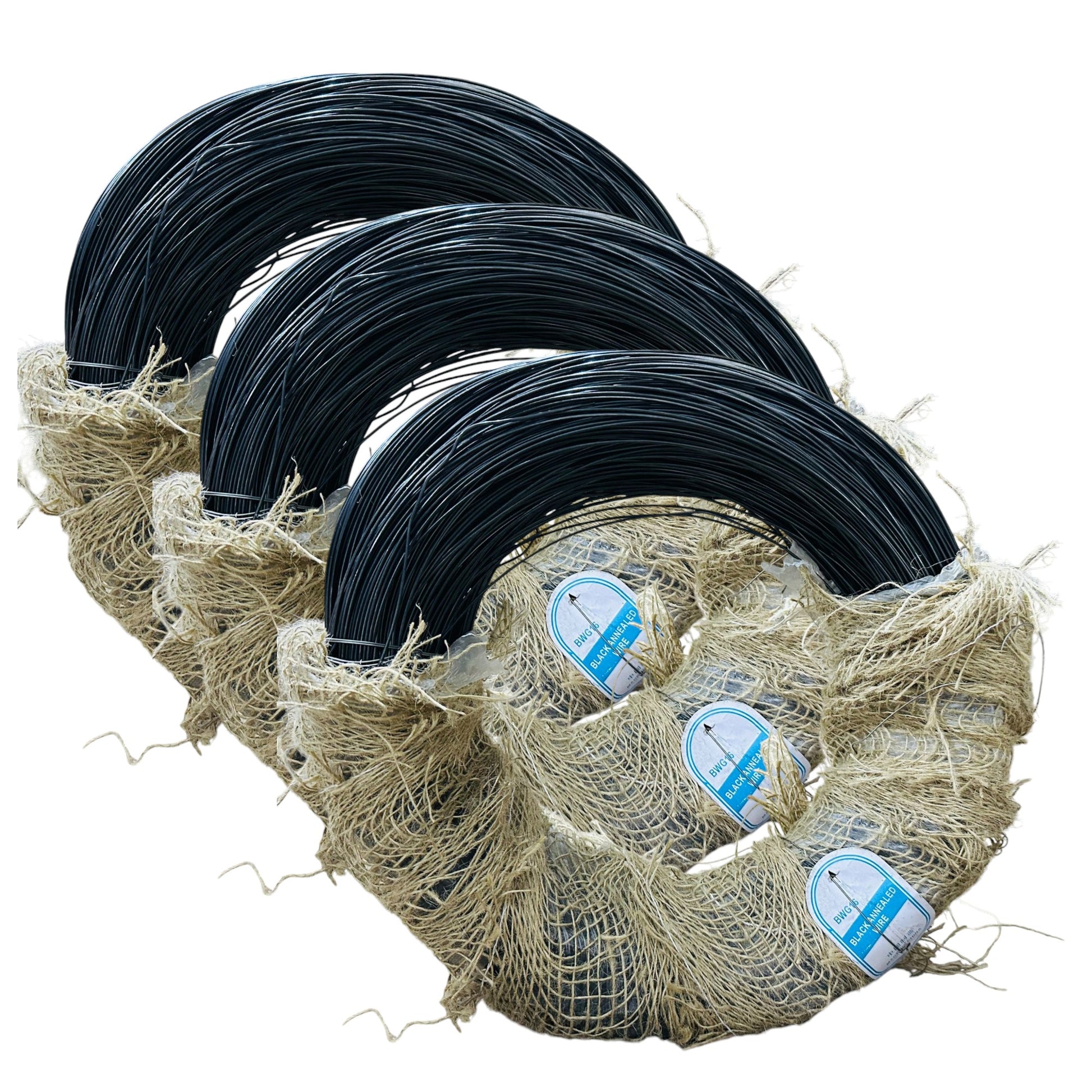
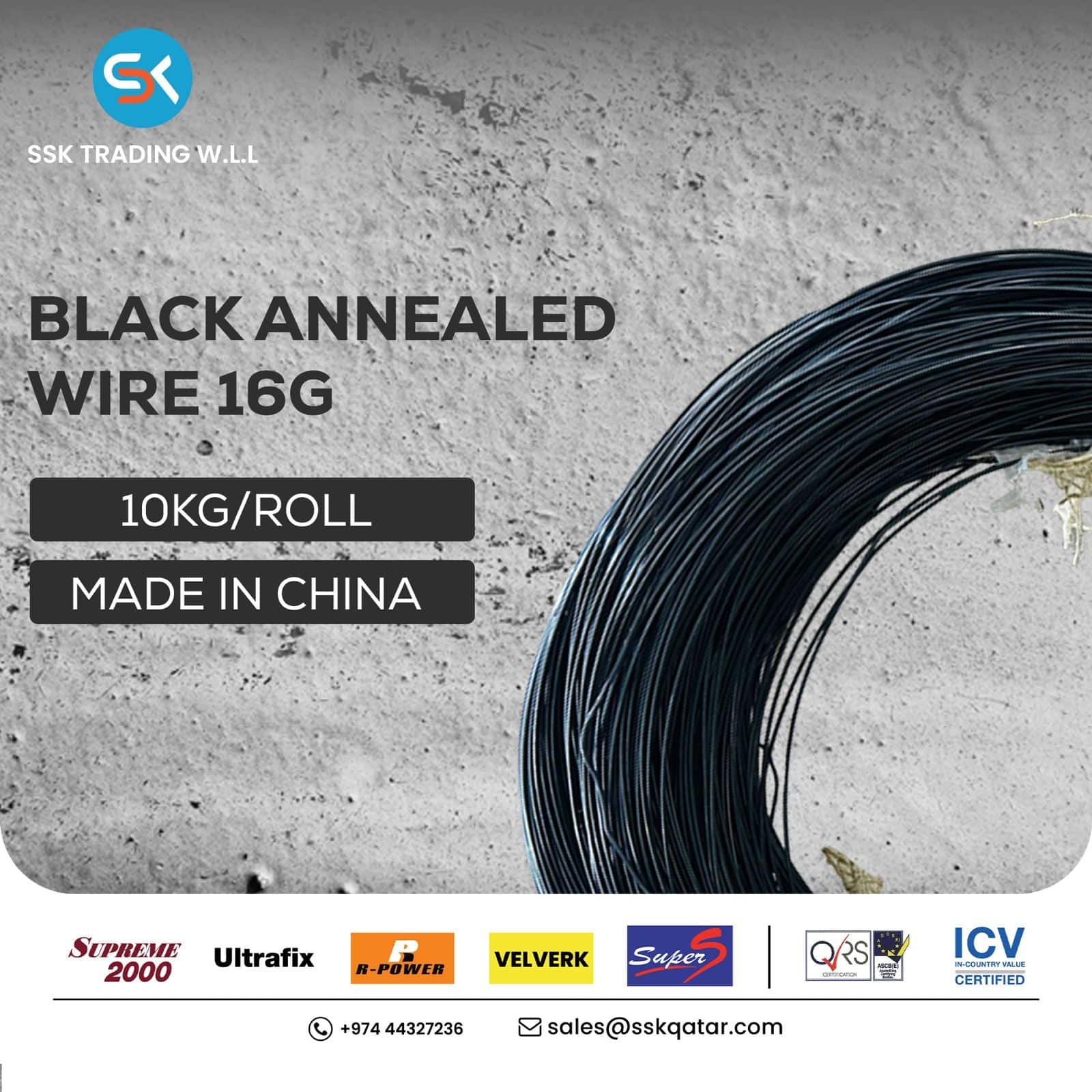
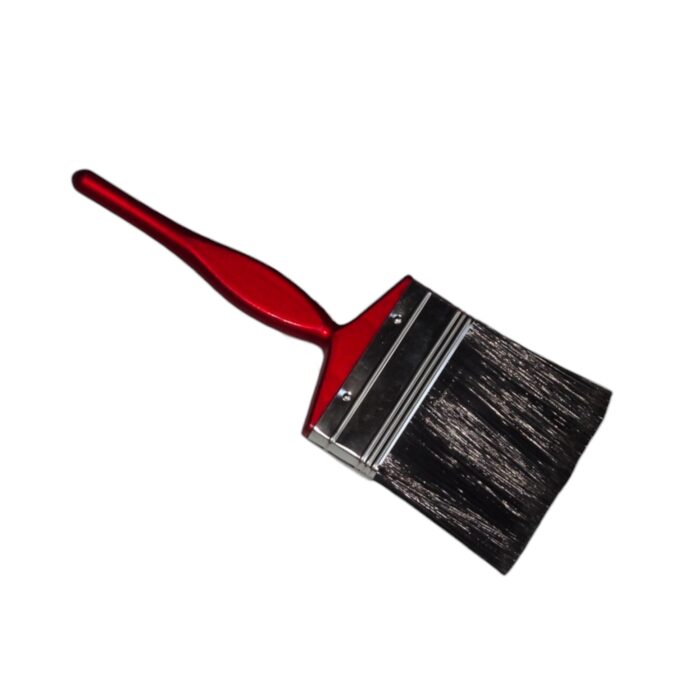
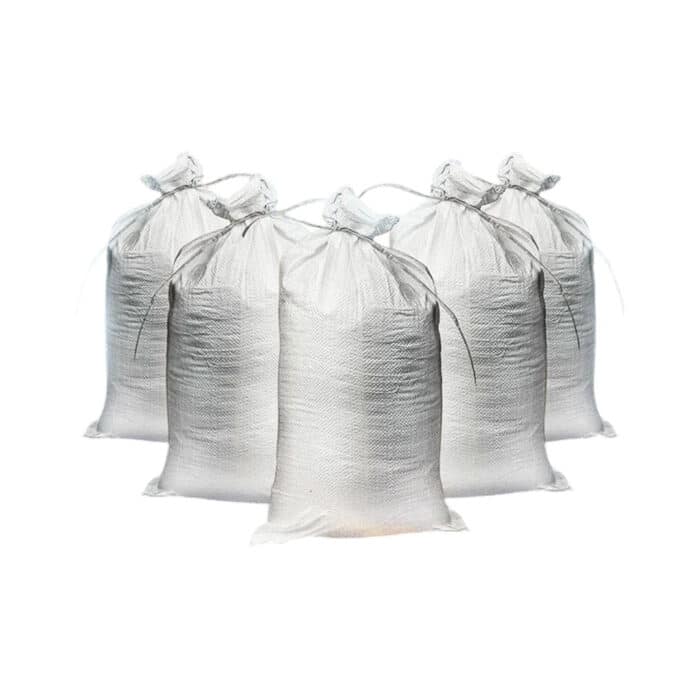

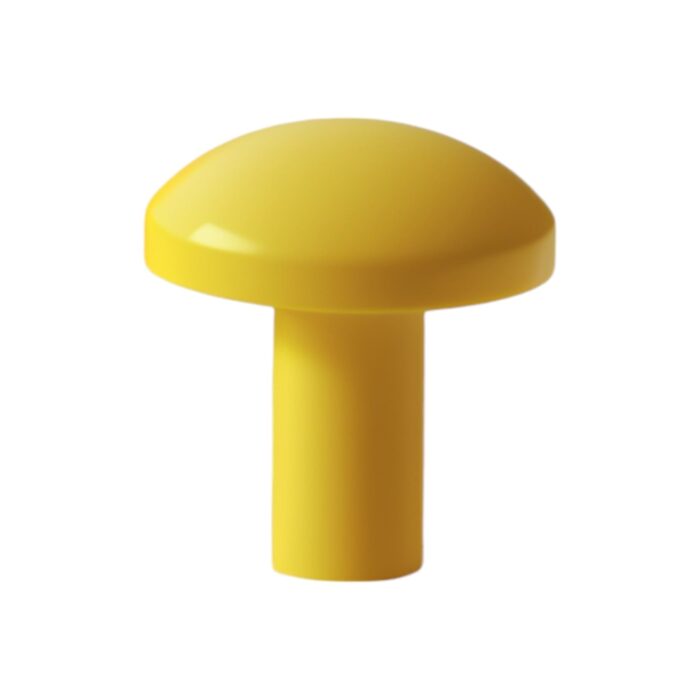


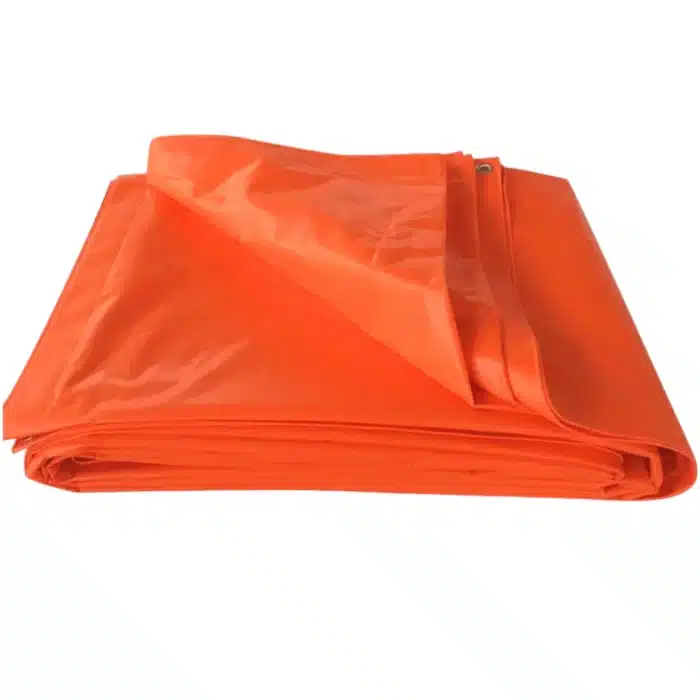
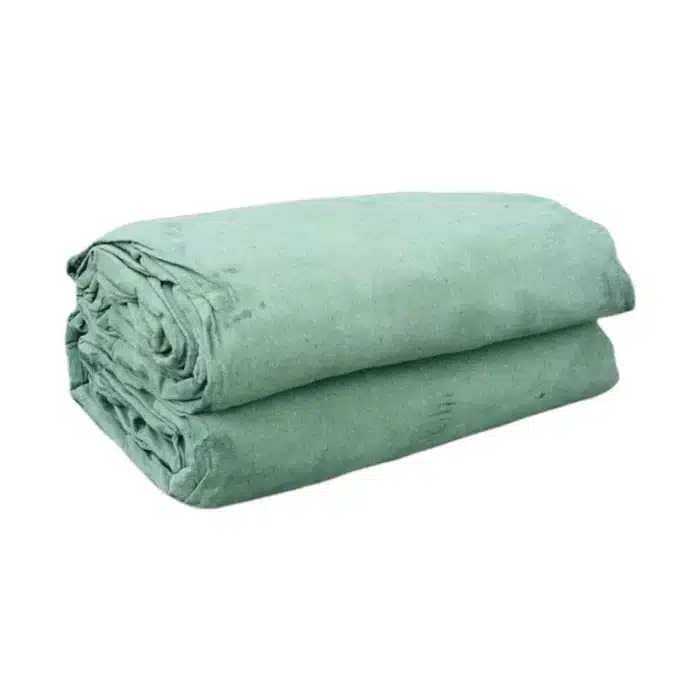
Reviews
There are no reviews yet.